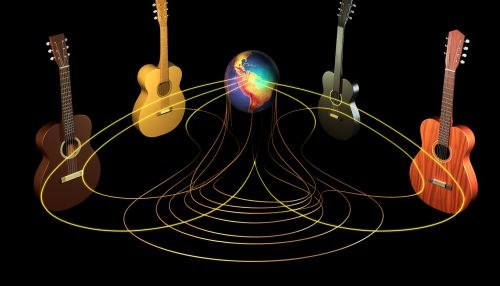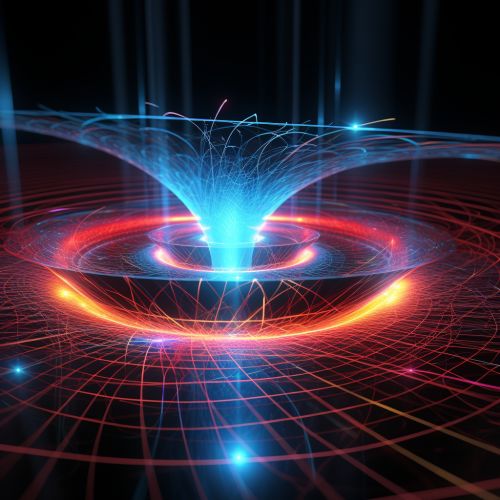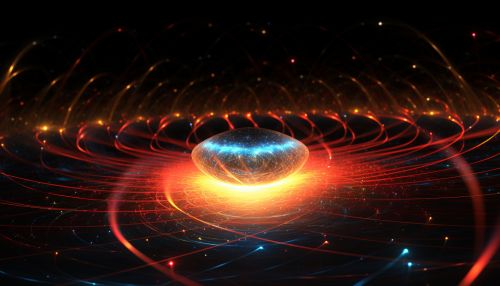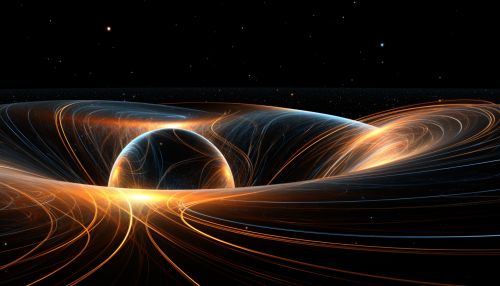The Physics of String Theory
Introduction
String theory is a theoretical framework in which the point-like particles of particle physics are replaced by one-dimensional objects called strings. String theory describes how these strings propagate through space and interact with each other. The theory has the potential to provide a unified description of gravity and quantum mechanics, and to reconcile the two seemingly incompatible theories.


Basics of String Theory
In string theory, the multitudinous particles that make up matter are represented by tiny, vibrating strings. These strings can oscillate at different resonances, each of which corresponds to a different particle. The strings can be open (with endpoints) or closed (in loops), and their vibrational modes correspond to different fundamental particles. This is a significant departure from the traditional quantum field theory, where particles are considered to be zero-dimensional points.
The Five String Theories
Historically, five different string theories were developed. These are Type I, Type IIA, Type IIB, Heterotic SO(32) and Heterotic E8xE8. Each of these theories operates in a specific number of dimensions and contains a certain type of string (open or closed, oriented or non-oriented). The five theories appear to be different aspects of a single underlying theory, which has been named M-theory.


Extra Dimensions
String theory requires the existence of extra dimensions. In addition to the three spatial dimensions we are familiar with, string theory requires six or seven extra dimensions, depending on whether the theory is type II or heterotic. These extra dimensions may be compactified, or hidden from our perception, which explains why we do not experience them in our everyday lives.
Supersymmetry
Supersymmetry is a key component of string theory. It is a mathematical symmetry that relates particles of different types. In the context of string theory, supersymmetry leads to the existence of superstrings, which are strings that carry both force and matter properties. This is a crucial feature that allows string theory to unify gravity with the other fundamental forces.


M-Theory
M-theory is a proposed "master theory" that unifies the five different string theories. It is a theory in eleven dimensions - ten spatial and one temporal. M-theory is not yet fully understood, but it is believed to encompass all of the string theories as well as predict new phenomena.
Criticisms and Controversies
Despite its potential to unify quantum mechanics and gravity, string theory has been the subject of much criticism. Some physicists argue that it is not a true theory of everything, as it does not include a mechanism for the big bang or dark matter. Others criticize its lack of experimental evidence and the fact that it requires extra dimensions, which are difficult to test for.


Conclusion
String theory is a complex and fascinating area of theoretical physics. Despite its challenges and controversies, it continues to be a vibrant field of research with the potential to revolutionize our understanding of the universe.
